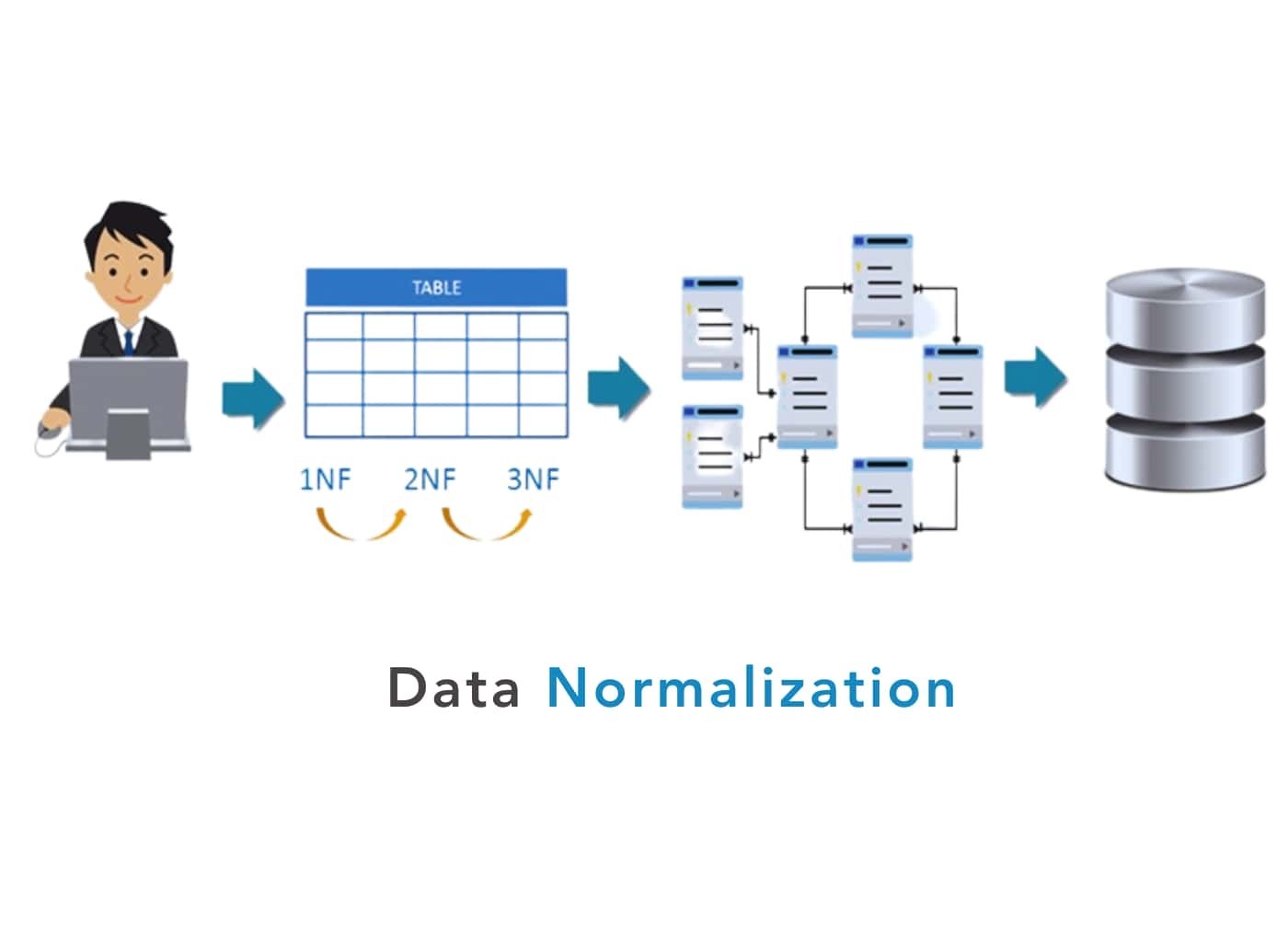As technology continues to impact how machines operate, Machine Learning has emerged as a powerful tool enabling computers to learn and improve from experience without explicit programming. Machine Learning models play a crucial role in this process, serving as the backbone for various applications, from image recognition to natural language processing. In this blog, we will delve into the fundamental concepts of data model for Machine Learning, exploring their types.
What is Machine Learning?
A data model for Machine Learning is a mathematical representation or algorithm that learns patterns and relationships from data to make predictions or decisions without being explicitly programmed. It is trained on a dataset comprising input features and corresponding target outputs, to generalize its knowledge to unseen data.
The model’s learning process involves adjusting its internal parameters based on the input data and the desired outcomes, iteratively refining its ability to make accurate predictions. The success of a Machine Learning model depends on various factors, including the quality and quantity of the training data, the model architecture, and hyperparameters’ tuning.
Types of Machine Learning Model:
Machine Learning models can be broadly categorized as:
1. Supervised Learning Models
Supervised learning involves training a model on labelled data, where the input features and corresponding target outputs are provided. The model learns to map input features to the correct output by minimizing the error between its predictions and the actual target values. Examples of supervised learning models include linear regression, decision trees, support vector machines, and neural networks. These models are widely used for regression and classification tasks. Common examples include:
- Linear Regression: It is the best Machine Learning model and is used for predicting continuous numerical values based on input features.
- Logistic Regression: Used for binary classification problems where the output is either 0 or 1.
- Support Vector Machines (SVM): Effective for both regression and classification tasks, using a hyperplane to separate data points.
Read Blog: Supervised learning vs Unsupervised learning
2. Unsupervised Learning Models:
It deals with unlabeled data, where the model seeks to identify underlying patterns or groupings within the input data. These models do not have a predefined target output but aim to find meaningful structures or representations. Clustering algorithms like k-means, hierarchical clustering, and dimensionality reduction techniques like Principal Component Analysis (PCA) are typical examples of unsupervised learning models.
- K-Means Clustering: Used to partition data into ‘k’ clusters based on similarity.
- Hierarchical Clustering: Organizes data into a tree-like structure of clusters, revealing hierarchical relationships.
- Principal Component Analysis (PCA): Reduces the dimensionality of data while retaining essential information.
3. Reinforcement Learning Models
Reinforcement learning models are designed to interact with an environment and learn from feedback in the form of rewards or penalties. The model aims to maximize the cumulative reward over time by taking appropriate actions. Reinforcement learning has found significant applications in gaming, robotics, and autonomous systems.
4. Deep Learning Models:
Deep learning models are a subset of neural networks with multiple layers (deep architectures). These models have shown remarkable success in various tasks, especially in computer vision, natural language processing, and speech recognition. Common types of deep learning models include:
- Convolutional Neural Networks (CNN): Ideal for image and video analysis, capturing spatial patterns through convolutional layers.
- Recurrent Neural Networks (RNN): Designed for sequential data, like time series and natural language, capable of retaining memory.
- Long Short-Term Memory Networks (LSTM): A specialized type of RNN, effective in capturing long-term dependencies in sequential data.
5. Ensemble Learning Models
Ensemble learning combines multiple individual models to improve overall performance and robustness. By aggregating the predictions of several base models, ensemble methods reduce overfitting and enhance generalization. Common ensemble learning models include:
- Random Forest: A combination of decision trees, where each tree contributes to the final prediction through voting.
- Gradient Boosting Machines (GBM): Builds weak learners sequentially, with each new learner focusing on correcting errors made by its predecessors.
How to Build a Machine Learning Model?
Building a Machine Learning model involves several key steps. Let’s walk through the process:
- Define the Problem: Clearly define the problem you want the Machine Learning model to solve. Understand the objectives and the specific outcome you expect from the model. A well-defined problem will guide all the subsequent steps in the development process.
- Gather Data: Acquire a relevant and diverse dataset that represents the problem domain. The dataset should contain input features and corresponding target outputs for supervised learning tasks. Ensure the data is clean, free from errors, and appropriately labelled.
- Explore and Preprocess Data: Explore the dataset to gain insights into the data distribution, missing values, and potential outliers. Handle missing data and outliers appropriately. Perform data preprocessing tasks such as Data Normalization, feature scaling, and one-hot encoding for categorical variables.
- Split the Data: Divide the dataset into two subsets: a training set and a testing/validation set. The training set is used to train the model, while the testing/validation set is used to evaluate its performance on unseen data. Common splits include 80/20 or 70/30 ratios.
- Choose a Model Architecture: Select a suitable Machine Learning model architecture based on the nature of your problem (e.g., regression, classification, clustering). Consider factors like the complexity of the model, interpretability, and the amount of available data. Popular model architectures include linear regression, decision trees, support vector machines, and neural networks.
- Feature Engineering: Feature engineering involves selecting and transforming relevant features from the dataset. Extract features that contribute most to the model’s performance and remove redundant or irrelevant ones. Proper feature engineering can significantly improve the model’s accuracy and efficiency.
- Train the Model: During the training phase, the model learns from the training data by adjusting its internal parameters. This process involves feeding the input data through the model, computing the predictions, comparing them to the true labels, and updating the model’s parameters to minimize the prediction error. The training process may involve iterative optimization algorithms such as gradient descent.
- Validate and Evaluate the Model: Use the testing/validation set to assess the model’s performance. Calculate relevant evaluation metrics such as accuracy, precision, recall, F1 score, and mean squared error, depending on the problem type (classification or regression). Validation helps to identify potential overfitting or underfitting issues.
- Hyperparameter Tuning: Machine Learning models often have hyperparameters that control the learning process (e.g., learning rate, number of hidden layers, regularization strength). Use techniques like grid or random search to find the best combination of hyperparameters for optimal model performance.
- Fine-tuning and Iteration: Fine-tuning the model as needed based on the evaluation results. You may revisit earlier steps, such as feature engineering or hyperparameter tuning, to improve the model’s performance further. Iterate through this process until you achieve satisfactory results.
- Deploy the Model: Once you are satisfied with the model’s performance, deploy it in the target environment to make predictions on new, unseen data. This could involve integrating the model into a web application, mobile app, or other platform suitable for the specific use case.
- Monitor and Maintain the Model: Machine Learning models may require periodic monitoring and maintenance, especially if deployed in production environments. Monitor the model’s performance over time and update it if necessary to adapt to changes in the data or requirements.
Following these steps, you can successfully develop and deploy a Machine Learning model to tackle various real-world challenges and make data-driven decisions.
What is Data Normalization, and Why is it Important?
Data Normalization is essential for Machine Learning models for several reasons:
- Improved Convergence: Normalization brings all the input features to a similar scale. This helps the optimization algorithms, such as gradient descent, converge faster during model training. When features have vastly different ranges, it can lead to slow convergence or cause the learning process to get stuck in local minima.
- Equal Treatment of Features: Without normalization, features with larger magnitudes can dominate the learning process. As a result, the model might give excessive importance to these features, leading to biased predictions. Normalization ensures that all features are treated equally and contribute proportionally to the model’s decision-making process.
- Robustness to Outliers: Outliers, extreme values in the data, can significantly affect the performance of a model. Normalizing the data minimises the impact of outliers, making the model more robust and less sensitive to extreme values.
- Improved Model Performance: Machine Learning models often use distance-based algorithms, such as k-nearest neighbours or support vector machines. These algorithms are sensitive to the scale of the features. Normalizing the data ensures that the model’s performance is not influenced by the choice of units or scales used for measurement.
- Interpretability: In some cases, the interpretability of the model is crucial. When features are on different scales, it becomes challenging to interpret the impact of each feature on the model’s predictions. Normalization helps maintain the interpretability of the model by ensuring that the coefficients or feature weights are comparable.
- Regularization: In some Machine Learning models, like Ridge Regression or Lasso Regression, regularization terms are used to prevent overfitting. These regularization terms are sensitive to the scale of the features. Normalizing the data ensures that the regularization acts uniformly across all features.
- Computational Efficiency: Normalization can also improve the computational efficiency of certain algorithms, especially those that rely on matrix operations. Operations on data with smaller ranges tend to be more computationally efficient.
It’s important to note that not all Machine Learning algorithms require Data Normalization. For instance, tree-based algorithms like decision trees and random forests are generally unaffected by the scale of features since they split nodes based on the data distribution without using distance metrics.
Data Normalization is a crucial preprocessing step that helps Machine Learning models perform better, converge faster, and generalize well on unseen data. It enables fair treatment of features and ensures that the model is more robust and reliable, ultimately improving overall performance.
FAQ:
Why is Data Normalization necessary for Machine Learning models?
A: Data Normalization is a crucial pre-processing step in Machine Learning. It ensures that all input features are on a similar scale, preventing certain features from dominating the learning process due to their larger magnitude. Normalization helps the model converge faster during training and improves its generalization to unseen data.
What makes up a Machine Learning model?
A: A Machine Learning model comprises two main components: the architecture and the learned parameters. The architecture defines the model’s structure, including the number of layers and nodes in neural networks or the rules in decision trees. The learned parameters are the internal weights and biases the model adjusts during training to make accurate predictions.
Conclusion
Data models for Machine Learning have revolutionized how we approach complex problems and make data-driven decisions. With an understanding of the different types of data models for Machine Learning you can embark on your journey to develop powerful and intelligent applications.
Begin Your Learning Journey with Pickl.AI
As the career opportunities in the data domain continue to expand, having expertise in technologies like machine learning will enhance the growth prospects. For individuals eyeing a prospective career in this field, can enroll with Pickl.AI. The e-learning platform offers a host of Data Science courses and a free Machine Learning course that will introduce you to the concepts of machine learning and its fundamentals. For more information you can check out the courses on the official website of Pickl.AI.











